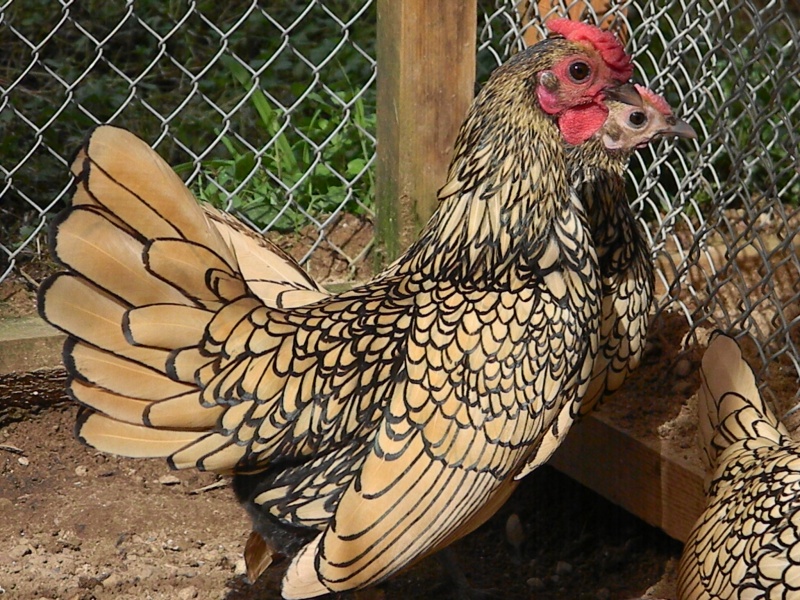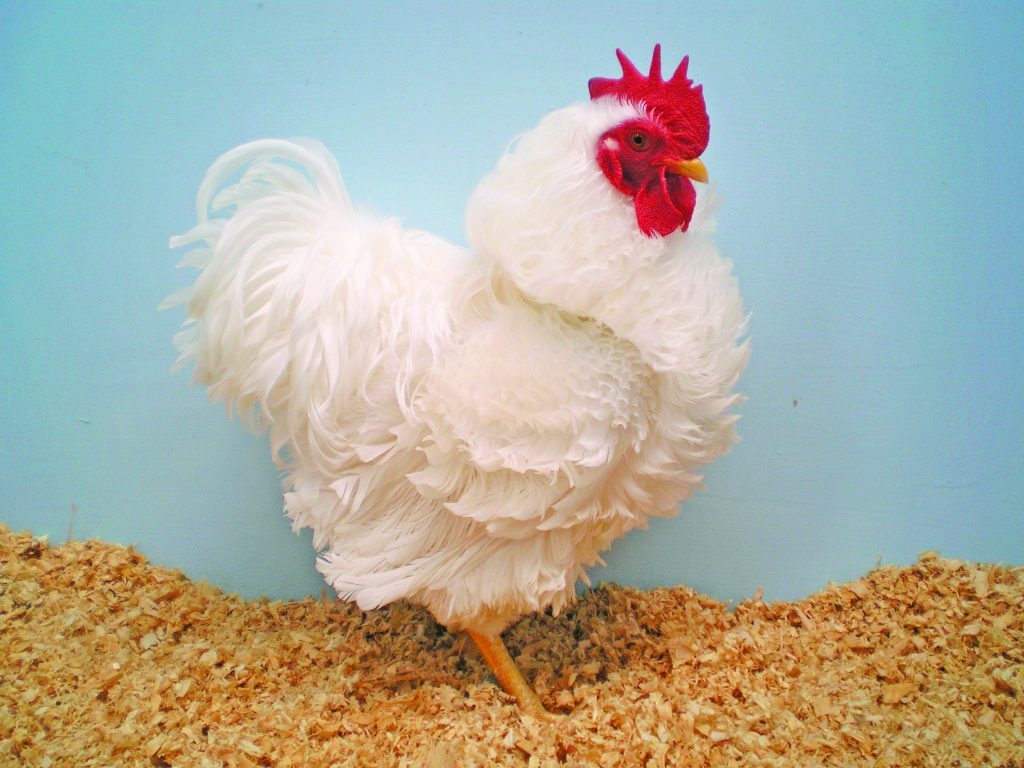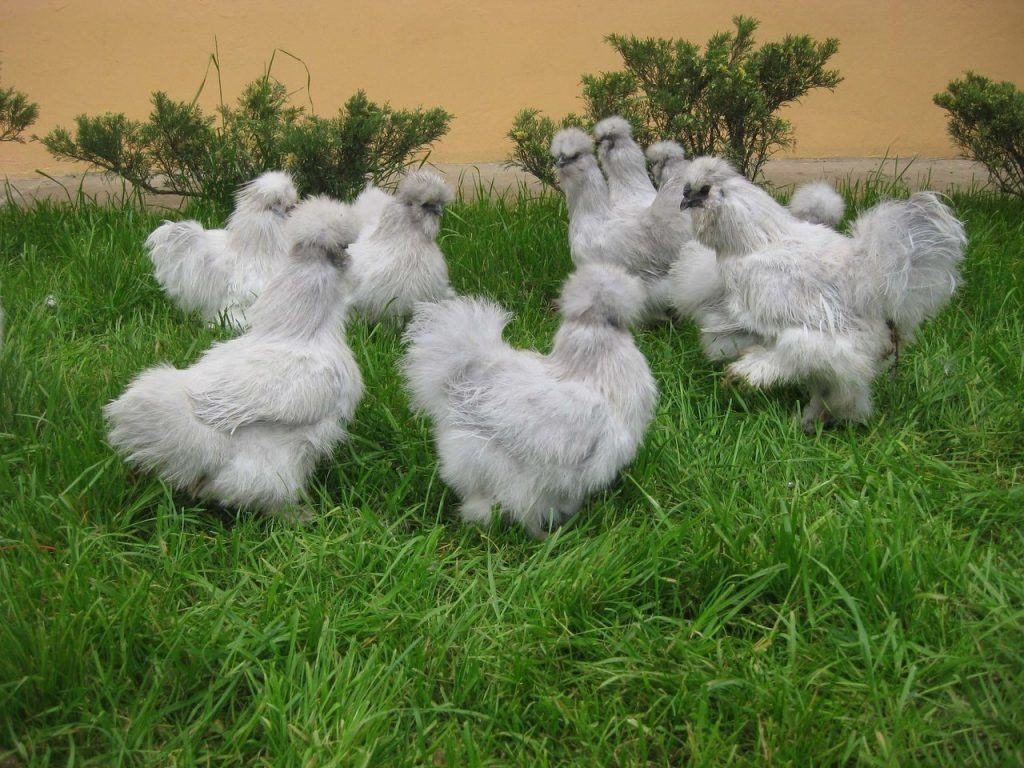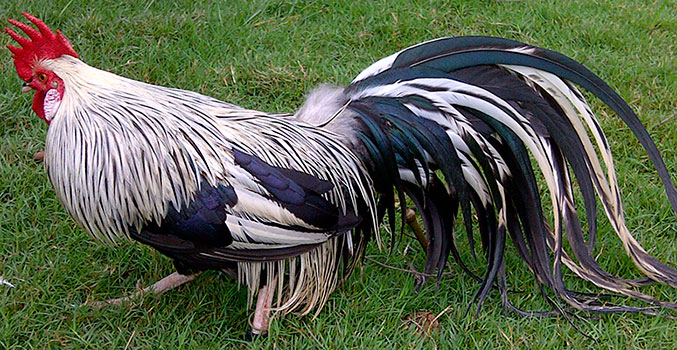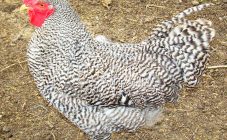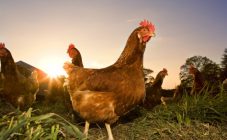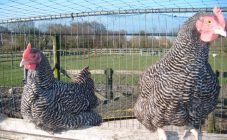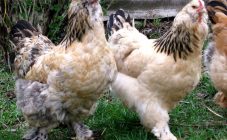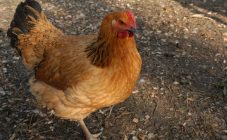Content:
In private households and on commercial farms, chickens are considered the most popular, which bring practical benefits - they provide fluff, eggs and meat. But there is a separate category - decorative chickens. They not only rush, but also delight the eye with their unusual attractive appearance. What decorative breeds of chickens exist, what are their features and how to care for them - more on this later in the text.
A bit of history
Many breeds with pronounced decorative characteristics are natural - formed independently, and not by selection. But they are rare and expensive.
It is known that most of the ornamental breeds are the fruit of the selection activities of scientists and poultry farmers from Asian countries. Some of them are bred there not for the sake of decorative qualities, but for obtaining eggs and meat.
The best decorative chickens
Scientists studied the genetic characteristics of representatives of the decorative direction and came to the conclusion that they have similarities in DNA with fighting breeds and wild Jungle chickens. There are about 200 different decorative breeds, and only a few dozen of them are popular. The best representatives of the decorative trend are described below.
Ayam Tsemani
Decorative chickens are native to Indonesia, which are rarely found on the Eurasian continent. The name of the bird means "black chicken". Due to excessive enthusiasm for mysticism, the Indonesians purposefully destroyed the Ayam Tsemani livestock, as they believed that the bird brings misfortune. Description:
- flat, elongated torso;
- long metatarsus;
- not dense, hard plumage;
- medium-sized neck;
- large leaf-shaped crest with wide teeth;
- dark eyes;
- black color of skin and feathers.
The peculiarity of the breed is black color. There is not a single light blotch on the chicken, moreover, even its meat and bones are painted black. This pigmentation is the result of increased production of melanin as a result of the presence of special genes. The live weight of the rooster is up to 3 kg, and the chicken is 500-600 g less.
Curly chickens
The well-known decorative breed of curly hens is better known under the name Shershetka. These are birds that were bred more than 5 centuries ago, presumably in the southeastern part of Asia, although the exact location is unknown. Curly chickens do not have such a name for nothing - they actually have curved outward, twisted feather shafts. Curly chickens are actively bred as a highly productive meat and egg breed in Asian countries. Specifications:
- decorative rooster weight - up to 3 kg;
- curly chicken weighs up to 2.2-2.4 kg;
- wide body;
- short back;
- developed breast;
- pronounced hips and legs;
- shortened metatarsus;
- small head with short crest;
- various color options - black, white, red, silver;
- wide short beak.
Representatives of the curly breed of chickens are overly sensitive to harsh climatic conditions. They need a heated house for the winter, as well as maintaining optimal air humidity and efficient air exchange.
Chinese silk chicken
People call it simply "Silky". It is highly valued in Asia for the presence of biologically active substances in chicken, which is used for treatment and is recognized as official medicine in China. The eggs laid by silk chickens also have medicinal properties - they are used in the treatment of endocrine disorders, diseases of the reproductive system, cancer and diabetes. What are the remarkable chickens and how they look - further detailed description.
- Females and cockerels have silky plumage.
- On the head there is a large spherical crest.
- Small tanks and a beard are present.
- The head is small, with a barely noticeable crest and a large beak.
- The leather is dyed black. Chicken meat and bones are also black.
- Metatarsus five-toed, gray-black, short, covered with a soft feather to the tips of the toes.
Silk Chinese chickens do not belong to the category of dwarf chickens, but their weight at one year old is no more than 1.5-1.7 kg. They are distinguished by low egg productivity - mature hens are capable of laying up to 80-100 eggs per year. Pedigree cockerels and chickens are designed to decorate the courtyard, to participate in exhibitions and championships, but they are absolutely unprofitable in practical poultry farming.
This variety requires special care, since the slightest violation will entail a loss of decorative qualities.
Phoenix
Chickens Phoenix - the oldest breed, sung in many works of painting and literature. This breed was revived by European breeders who used representatives of the Japanese Yokohama and Onagadori in their works. The main advantage of thoroughbred roosters is incredibly long tails, sometimes reaching 7-8 meters in length. For a rooster to grow such a tail, it must take at least 3 years.
There are several breed standards that differ only in the number of colors. Exterior of Phoenix roosters:
- compact rounded body;
- short neck and back;
- bulging breast;
- red skin of the face, covered with short bristles;
- white earlobes;
- large upright crest;
- round, overdeveloped earrings;
- smooth silky feather of medium hardness;
- narrow tail braids;
- short metatarsals of graphite shade.
Phoenix is presented in various color options:
- silver;
- wild;
- golden neck;
- silvery neck.
Body mass indicators of the standard variety are 2-2.5 kg. Dwarf phoenixes weigh about 700-800 g. Birds are very demanding to care for.
- Roosters need extremely tall perches or hanging cages under a roof to maintain the appearance of their tails.
- Domestic phoenixes need careful hygiene, since infection of the feather cover with parasites can cause a complete loss of decorative qualities and even death, for example, from chewing lice.
- For phoenixes, automatic closed-type drinkers are installed, which gradually drain the water and exclude the possibility of feathers getting wet.
- Feeders should also be adapted to the particular species.
But the phoenix sheds, and does it all year round. The feather cover of the phoenix is renewed gradually, therefore, to maintain the decorative qualities of the bird, it is necessary to provide it with a balanced diet. The use of an exclusively dry type of feeding is recommended.
Among the ornamental chicken breeds, there are very productive options, for example, Cochinhin and Orpington - unsurpassed meat breeds. Therefore, their breeding is not always economically unjustified. But it is important to remember that chickens with an exotic appearance are always more demanding in care and feeding than ordinary layers and representatives of other trends.
